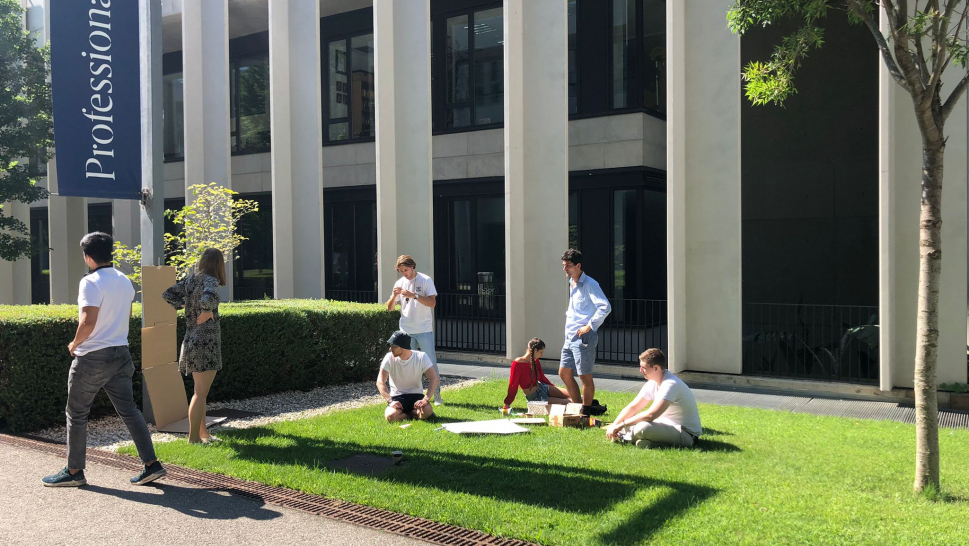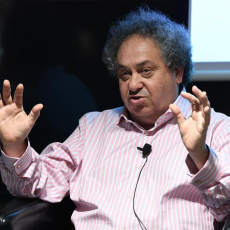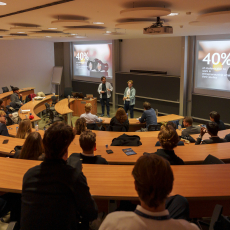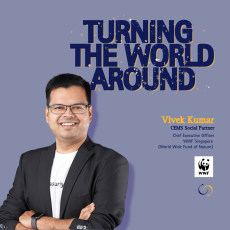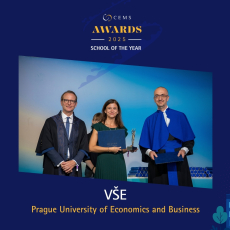With face-to-face interaction tentatively picking up on campuses and in organisations this autumn, the debate around leadership and corporate culture in the post-Covid landscape has intensified.
Earlier this year, CEMS published a report outlining certain deficiencies in the “20th century vision of leadership,” and calling for a re-set in thinking about the values, qualities and practices that leaders should enact to build psychological safety and resilience in the workplace.
Leaders who respond to crises with “creativity and agility, taking their customers and workforce along with them,” said the CEMS report, will be better poised to “thrive post-Covid-19.”
And among its findings for business schools and those charged with preparing emerging talent to lead the new normal, the report also asserted that “traditional approaches to learning in large lecture theatres” and leadership models based on “staid and inflexible ideas” were “dead.”
But how can business schools and institutions effectively shift from the traditional, staid or inflexible in order to drive the creativity and agility it will take to prosper in our uncertain future?
A novel approach that is garnering enthusiastic support and delivering interesting results is the CEMS Creativity and Art of Connection Seminar at ESADE.
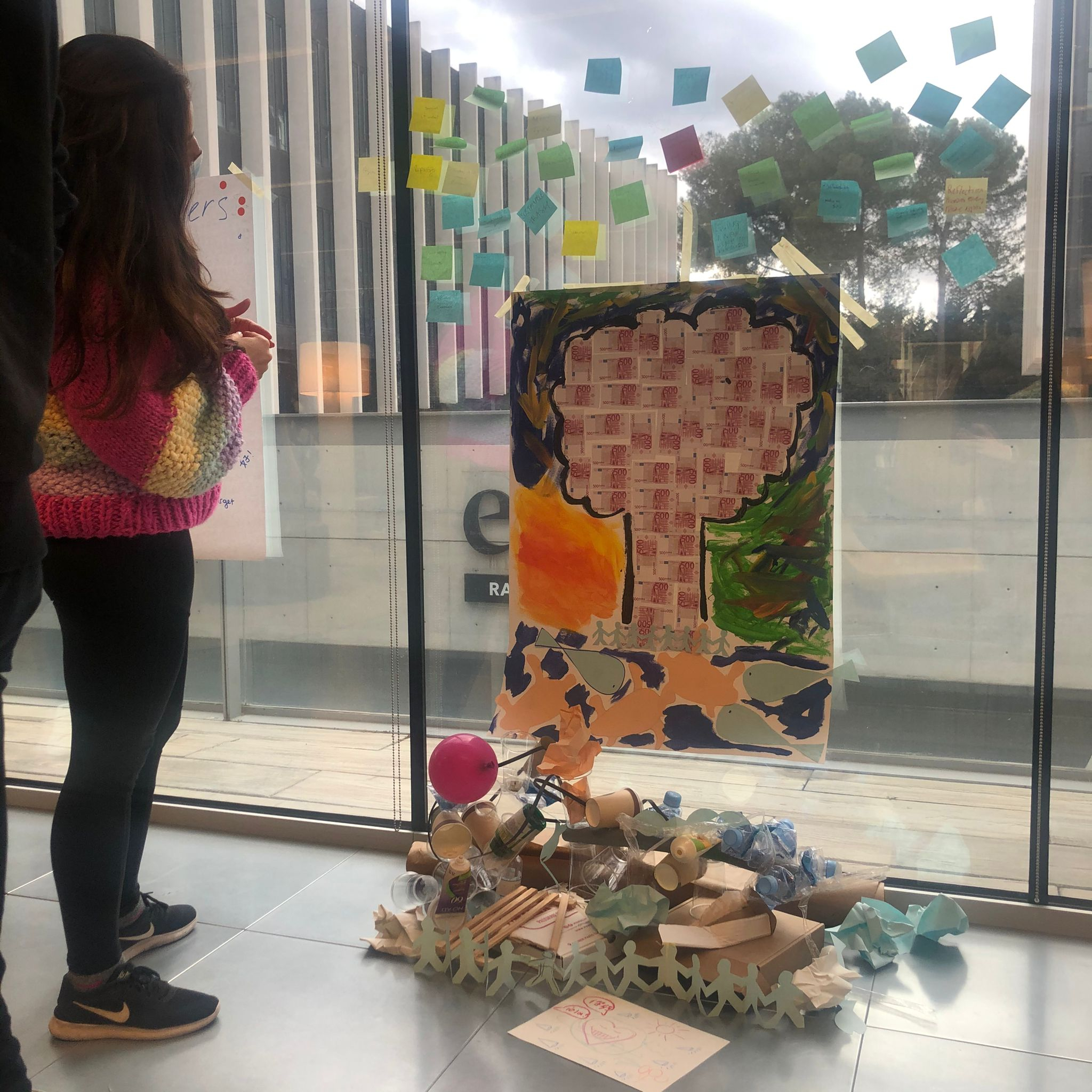
Getting out of the comfort zone
Conceived, designed and delivered by academic collaborator, Katie Annice Carr, the ESADE Creativity and Art of Connection Seminar is a one-day immersion in art, co-creation, theatre, improvisation and team-work that happens at the start of the autumn and spring terms. And as a learning experience, it can be “unsettling” for Master’s in Management students, says Carr.
“MIM students come to CEMS expecting to be challenged and surprised by the experience, but our workshop goes quite far beyond what most have imagined. It really pushes them out of their comfort zone and gets them thinking very deeply about their own creative style, about how they analyse information and communicate it, how they use creativity in teams to solve problems and engineer solutions. And how they manage themselves and their emotions in the process.”
The day starts with an open exploration of creativity as a concept; and how creativity ties to the fundamental business processes of problem-solving, collaboration and communication, idea implementation and execution, and evaluation and sense-making.
Students are asked to create and present individual pieces of art that reflect their personal style and sense of creativity. They then work in teams to co-create a visual installation in response to the CEMS mission, using key words such as sustainability, inclusion and responsible leadership. Exhibiting their work to others, and reflecting on the process can be uncomfortable, says Carr.
“The reflection part is critical, because this is where they confront emotions and, typically, feelings of frustration or inadequacy. For many, there’s a feeling of ‘I can’t do this’ or ‘my contribution was terrible,’ but what’s key is that they have kept going; pushing through the frustration to achieve the goal. And this is where we really talk about what the experience has taught them about managing their feelings and building the resilience to move forward.”
Improvisation is a transferable leadership skill
In the afternoon session, students are divided into teams and challenged to devise a piece of theatre around an experience or activity that they imagine they may have in the first months of the CEMS programme.
“They come back from lunch feeling confident and fired up, and then faces drop,” Carr laughs. “There’s a fair amount of push-back at this point. But we do some actor training, and as we prepare, we talk about how totally relevant to business improvisation is.”
The kinds of abilities that students explore and deploy in their improvisations span adaptability, critical thinking, story-telling, agility and inventiveness – transferable skills that inform resilient leadership, she adds. There is also an inherent challenge to let go of inhibitions and the self-doubt that stand in the way of authenticity.
“Even those students who resist the exercise come through in the end, and there’s a critical learning for everyone about risk-taking, and being aware of the ways that we all hold ourselves back. They have a chance to open up, to experience vulnerability and to fail or make mistakes in front of others – and then to pivot, and pick themselves up and create something new and even more powerful.”
What Carr finds interesting is the way that different individuals will often take on different roles at different points in the improvisation; a pleasing analogy of teamwork in the real-world context, she says.
“We all play different roles within the team. One day I’m running the show, another day I might have a supporting role. And we talk about the importance of having different people step up in different processes as a function of really effective teamwork.”
Creating a safe space to learn and to play
The Creativity and Art of Connection Seminar might sit far outside the “conventional business school curriculum,” says Carr, but for students it represents a psychologically safe space to explore the complex dynamics of human interaction, to think about their own creativity, leadership style and authenticity, and to experience how it feels to step outside their comfort zone, to fail and make mistakes and to draw learning from that experience.
Just as importantly, it is a chance to experiment and to play.
“In their careers and in their lives, these young leaders will have to deal with uncertainty and with things that challenge them and make them uncomfortable. I think that education has a duty to provide a safe space to experiment creatively, and to practice the kinds of attitudes, approaches and responses that will build the risk-taking, agility and resilience to fortify them in the future.”
ESADE is not alone within the CEMS community in offering this kind of experiential learning through art and drama.
In 2016, the LSE MIM Capstone course also partnered with London’s Royal Academy of Dramatic Arts to offer students a day’s workshop exploring how acting skills can help build presence, influence and impact.
The challenge then to other business schools and institutions could well be to tap into their own collective creativity, and find new and innovative ways to make education a safe space to learn and play.
